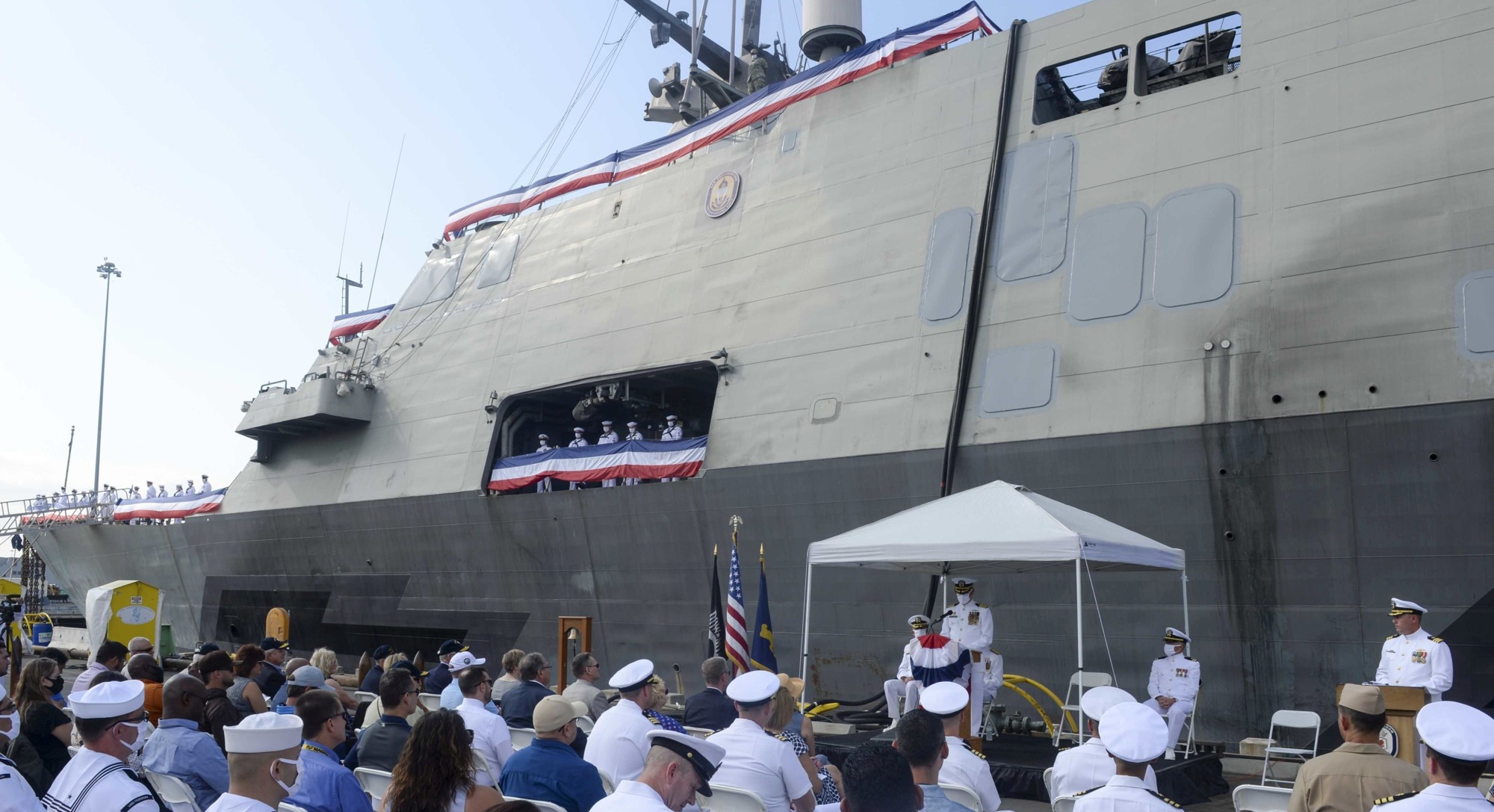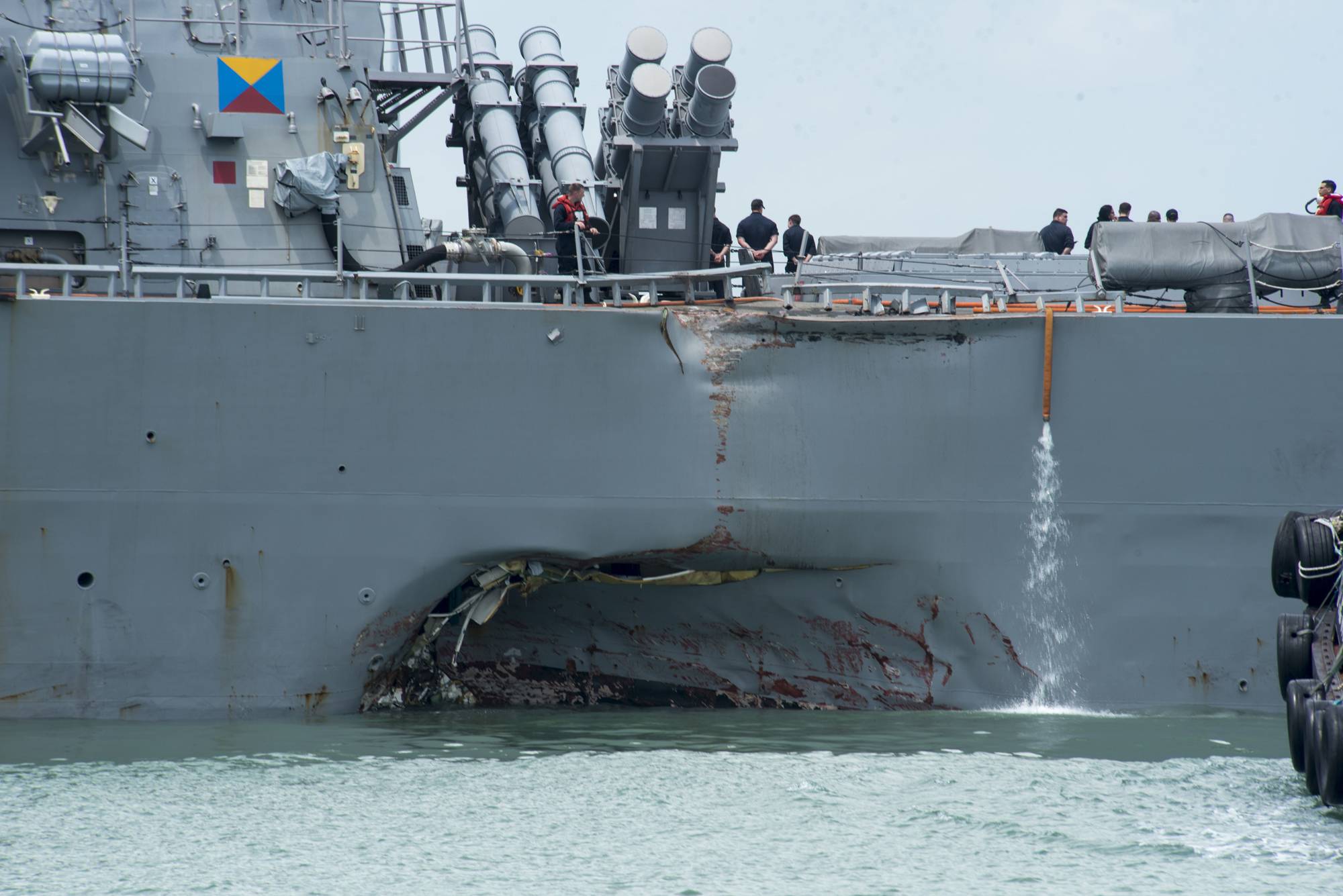Sembawang Navy Base - The airport is located 10½ miles north of the island of Singapore on BT Sembawang Estate. 3 miles from Singapore Railway Station, 3 miles from Naval Base and 1½ miles from Nee-Soon Village.
Road Level I N. Naval Base, S. All the way to Singapore. A railway station at Naval Base, terminus of the Singapore Main Line - Alor Od Railway.
Sembawang Navy Base

Flying conditions near Singapore are generally good. Bad flying weather is often accompanied by heavy rain, thunderstorms and heavy rain, which is common but does not last long. Rain, usually in the form of torrential rain, lasting 10-12 days per month for most of the year; It will probably be between noon and 1800 hours.
Fifth Naval District (cochrane Collection)
Precipitation is common in all months. They usually do not reach the strength of the hurricane, force V; About 7 days a year. From June to October, thunderstorms known as "Sumatra" usually occur at night. Tlieves approach from some point in the west, and at the height of the season their frequency is about 7 times a month.
Most months have 4-7 thunderstorm days, with thunderstorms on nearly 50% of the days except January and February. The amount of clouds varies greatly during the day, with almost no clouds at night, usually T'10-8; every day or so. Visibility is always good, except during the day, when heavy rains subside. From January to May there are 2-3 days and nights and early mornings, other months sometimes have fog. It lasted almost until 08:00 local time.
Data from BR. 1807 The Department of the Navy's Manual of Royal Naval Air Stations at home and abroad, March 1949 & 1955
In January 1946, 6 Corsairs, 6 Vengeances and 1 Harvard were received, followed by 2 Seafire XVs, 2 Expedittors and 3 Auster Vs in January 1946.
Tony Van Eijk
Flights H.Q., 'B', 'C', & 'D' took off from ALBION on April 28, 1965. Flight 'A' of RFA SIR LANCELOT landed on June 19, 1965
The rest of the squadron departed at ALBION 02.07.1968 (joined by flights 'B' & 'C' on 5) ALBION 0508.1968.
In 1934/35, part of the Bukit Sembawang rubber estate on Singapore island was purchased by the Ministry of Aviation for the construction of a grass airfield for the Royal Air Force. Construction permits were issued in 1936 and British Army Engineers began work the following year. The terminal was intended to be operated by two squadrons of RAF bombers, but in 1939 the airfield was transferred to the Navy Department under the command of Captain PGL. Cazalet R.N. The site was planned to be developed into a Naval Air Station and Aviation Repair Workshop to support the Eastern Fleet with its four aircraft carriers. The landing site has three prepared runways, N/S, NE.SW and NW/SE, with a maximum runway of approx. 1, 100 yards: the shortest, N/S, rarely used and the other two extended by 300 yards in March 1940.

The course of the war in Europe and the deterioration of the situation in the Far East meant that these plans were shelved and the station, which is essentially a working airport, was once again handed over to Royal Australian Air in May 1940. Force under Captain J. McCauley RAAF. During this period, only two squadrons of RNs operating from RNAS Sembawang, Naval Air Squadrons 813 and 824, arrived at the station on 17 March 1940, each equipped with nine Swordfish Mk.1. They had departed from nearby RAF Kallang after departing HMS EAGLE the day before when the ship arrived at the Navy Yard for repairs. Both squadrons remained at Sembawang until they took off again on 8 May.
Sembawang Naval Past
The first operational units arrived in July and August 1940, when 1st and 8th Squadrons of the Royal Australian Air Force were each equipped with 12 Lockheed Hudson medium bombers, followed by in 11. In early 1941, the 21st Squadron R.A.A.F. Moved from Seletar to refit Brewster Buffalo fighters and operated briefly from Sembawang before deploying to Malaya. 453 Squadron R.A.A.F., also operating Buffalo Star, arrived in August 1941 and operated there until being sent to Malaya in mid-December 1941.
On 8 December 1941, Japanese troops invaded Malaysia and on this day the Dutch government placed several squadrons under the operational control of the British Far East Command under an agreement to support the defense. jointly signed with Great Britain. On the same day, VLG-III was ordered to Singapore's Sembawang Airport. VLG-III consisted of three bomber squadrons of the Royal Dutch East Indies Air Force, operating 22 Glen Martin 139 bombers. None of the crew had received night flight training, as so a squadron was sent back to Java that day for training. When they return, the second squadron can be trained again. As conditions on the island worsened and the squadron suffered losses, the remaining Dutch bombers and fighters were withdrawn to Java on 22 January 1942.
The 1st Squadron had five serviceable Hudsons on Christmas Eve and moved to Sumatra in late January 1942. After suffering heavy losses on 22 December, the 453rd Squadron was now reduced to 453. three more, withdrew to Sembawang on Christmas Eve and joined the 21st Squadron, which withdrew to Singapore with six; A new unit, 21/453 Squadron, was strengthened by the allocation of replacement aircraft. The combined group continued to fight until the end of January, when only a few aircraft remained, they separated again. Personnel from the 21st Squadron were then sent to the Dutch East Indies, while the 453rd Squadron continued to operate the remaining six Buffaloes. By early February, only 4 aircraft remained serviceable and they were sent to Java, while the squadron's ground crews were evacuated by sea. On February 15, 1942, Singapore surrendered to the Japanese.
During the Japanese occupation of Sembawang, it was under the control of both the Japanese Army and the Japanese Navy, but the two forces ignored each other, dividing the island of Singapore into North/South, with the Navy controlling the troops. North and South teams.
Ghost Fleet Ship 'nomad' Arrives In California After 4,421 Nautical Mile, '98 Percent' Autonomous Trip
After the Japanese surrendered to the colony, the forward division of the navy under the command of Captain H.A. Traill OBE., RN, (formerly HMS EMPRESS Command Escort) has arrived to take control of the airport and prepare to reopen. They found about 90 Zero fighters and about 700 Japanese officers and soldiers at the airport. The station is full of tunnels and personal pits and is in a rather disorganized state. The Japanese were using British prisoners of war to build a north/south runway, and more than a dozen steam locomotives from the Ministry of Public Works were left on what became known as the Japanese airstrip.
Work began immediately to return the station to normal operation, filling in personal pits and tunnels containing Japanese prisoners of war, and laying a 1,400 x 50-meter perforated steel plank runway. Older brother. Mobile Naval Air Station 9 (MONAB IX) is assigned to the terminal to provide the necessary equipment and infrastructure to operate the terminal and launch aviation and aeronautical support facilities navy in the region. While the unit's heavy equipment transport vehicle was at sea, the crew was in Australia and has been transferred to Sydney. For the move to Singapore, employees are divided into 4 groups; Those qualifying for Rounds 1, 2 and 3 must travel by RAF Dakota transport aircraft via Morata in the Dutch East Indies. The remainder of the unit's main force will travel by sea and board the Australian HMS LARGS BAY bound for Singapore. The forward group was commissioned at Royal Naval Air Station Sembawang on 5 October 1945 as HMS NABROCK, Captain J.S. Ordered Salter DSC, OBE. LARGS BAY docked in Singapore on November 1.
MONAB 9 is equipped to support Corsair Mk. II & IV, Seafire L.III & XV and Hellcat Mk. I & II but this role was corrected after arriving in Sembawang; The Aviation Administration was primarily tasked with the seemingly inefficient task of assembling packed American planes, many of which were Hellcats. Once assembled, these brand new planes are launched and dropped into the ocean on aircraft carriers; Under the Lend-Lease agreement with the United States, which supplied the machines, Britain had to return or pay for them after the war ended; destroying them is the solution used.
On 8 November 1700, the Squadron arrived briefly from RNAS Katukurunda, Ceylon, with several Sea Otters, returned to Katukurunda on the 20th; They will return on December 15th and stay for a long time.
The Powerful Past Of The Singapore Naval Base
HMS NABROCK and MOANB IX were paid off on December 15, 1945.
Military drone range, laser range finder military, military range bags, military range targets, long range military radio, military radio range, military range finder, military long range binoculars, range rover military discount, military range rover, range of military drones, military range bag
0 Comments